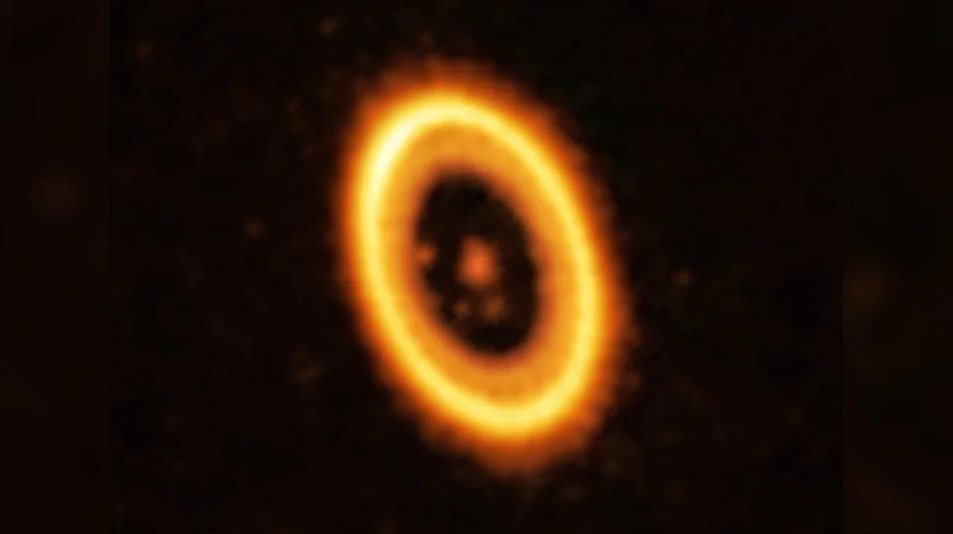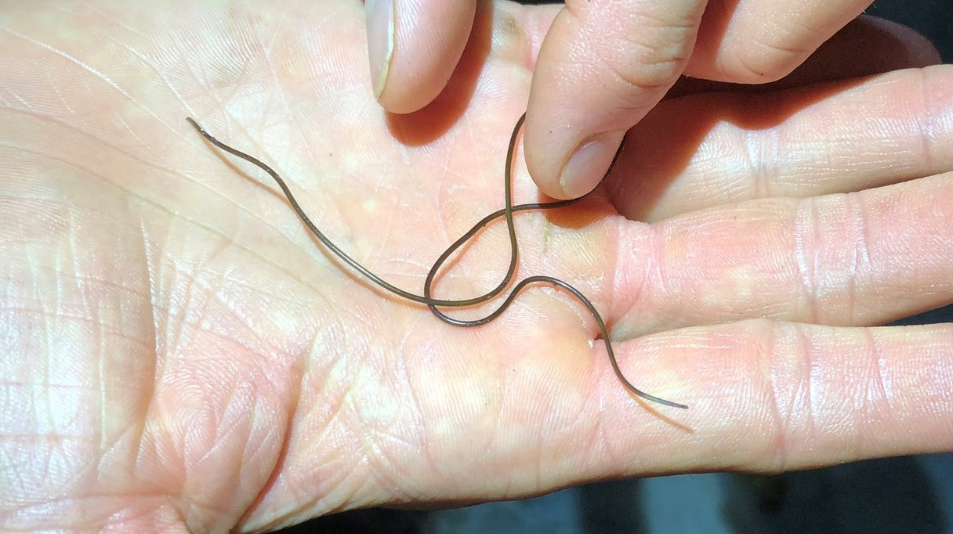
Discovering a Rare ‘Trojan’ World: A Potential Sibling Planet Sharing the Same Orbit
Astronomers stand on the cusp of an extraordinary discovery – a unique ‘Trojan’ world, a rare ‘sibling’ planet that orbits alongside a Jupiter-like planet around a youthful star. This groundbreaking discovery has been facilitated by the Atacama Large Millimeter/submillimeter Array of telescopes, commonly known as ALMA, located in Chile. The subject of this intriguing observation is the PDS 70 system, nestled 370 light-years away in the Centaurus constellation.
The PDS 70 System and Its Planets
The PDS 70 system is known for its two Jupiter-like planets, PDS 70b and PDS 70c. However, astronomers have recently detected a cloud of debris within the orbital path of PDS 70b. This debris could represent the building blocks of a new planet that is actively forming or has already formed. This discovery could provide the strongest evidence to date that two exoplanets can share the exact same orbit.
The Significance of the Discovery
The unearthing of a potential ‘sibling’ planet that shares an identical orbit marks a significant milestone. The idea of ‘Trojan’ or co-orbital planets first emerged as a theory two decades ago. Yet, this marks the inaugural instance where tangible evidence bolsters this theory. The journal Astronomy & Astrophysics has published the enlightening findings of this research.
Understanding Trojans
Trojans are rocky bodies that share the same orbit as planets. They are common in our solar system, with a couple in Earth’s orbit and over 12,000 Trojan asteroids in Jupiter’s orbit. However, evidence for Trojans beyond our solar system, specifically Trojan planets, has been sparse until now.
The Role of Trojans in Planetary Systems
The potential discovery of a Trojan planet in the PDS 70 system has sparked curiosity among researchers. They are now questioning the formation and evolution of Trojans. Additionally, they are intrigued by the possible existence of Trojans in other planetary systems. During their observations, the research team spotted a debris cloud. This cloud was located at a point in PDS 70b’s orbit, a place where Trojans might exist. This observation could hint at the presence of a Trojan planet. Alternatively, it could suggest a planet that is currently in the process of formation.
The Future of Exoplanet Research
Uncovering a potential Trojan world in the PDS 70 system could mark a significant breakthrough in exoplanetary research. However, researchers must exercise patience until after 2026 to confirm the existence of a true Trojan world. They have plans in place to utilize ALMA for observing the progression of PDS 70b and the debris cloud in their lengthy orbit around the star.
The potential discovery of a ‘Trojan’ world sharing the same orbit as a Jupiter-like planet is a significant step forward in our understanding of planetary systems. This discovery not only supports the theory of ‘Trojan’ or co-orbital planets but also opens up new avenues for research in the field of exoplanetary science.


